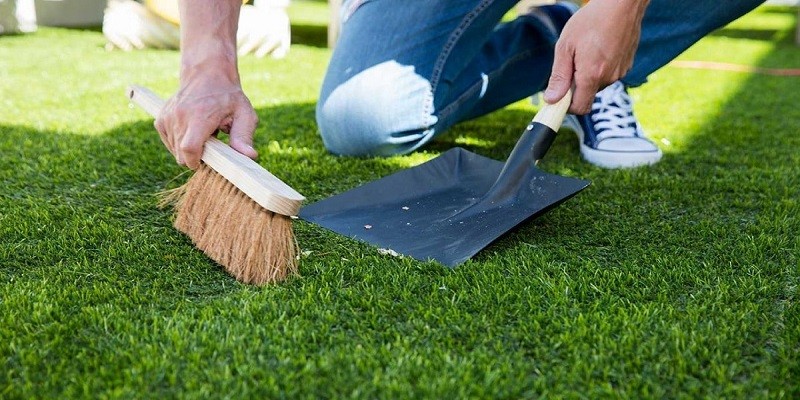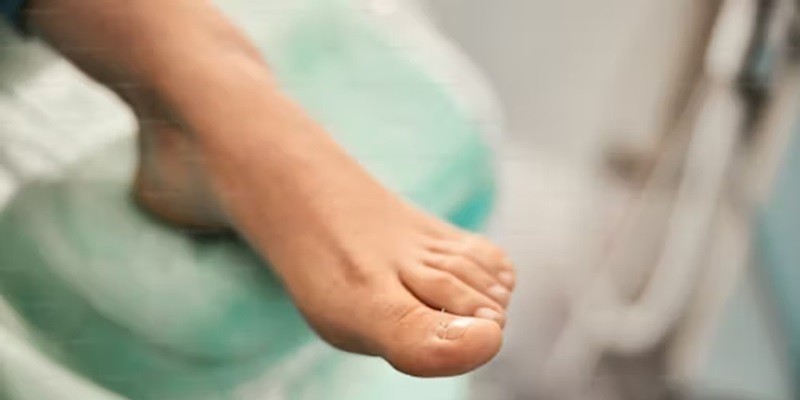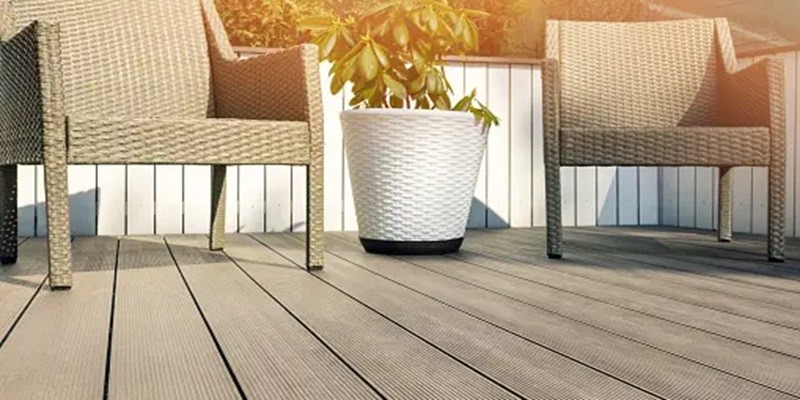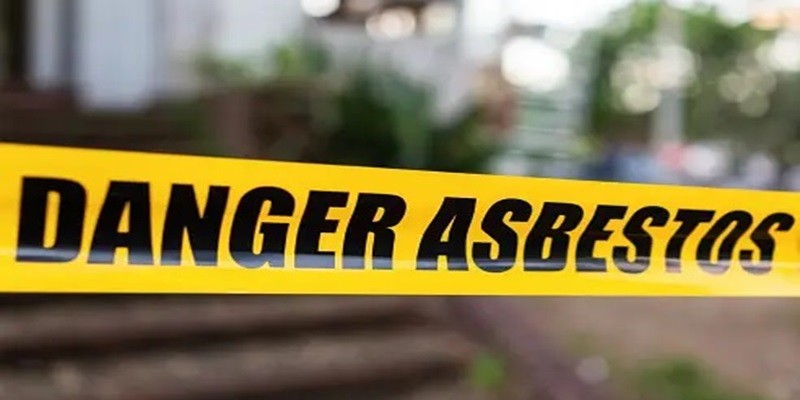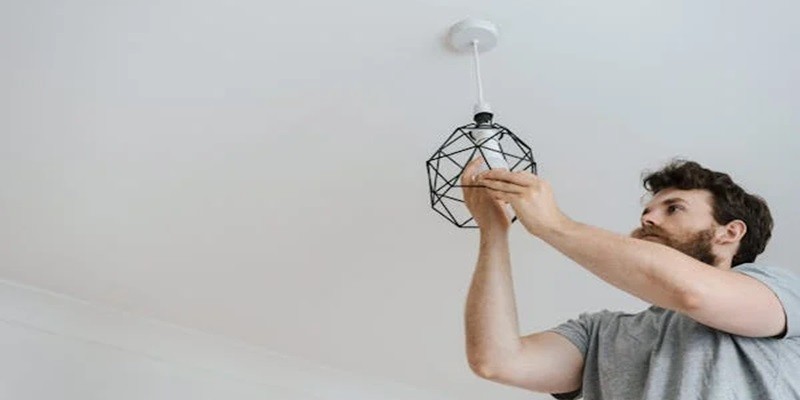To clean artificial turf, start by removing debris using a leaf blower or a stiff bristle broom. Then, hose down the turf with water and use a mild detergent to scrub off any stains.
Rinse thoroughly with water and let it air dry. By following these steps, you can easily maintain the cleanliness of your artificial turf. Artificial turf offers several advantages over natural grass, including reduced maintenance and water usage. However, it still requires regular cleaning to keep it in top condition.
We will discuss the necessary steps to effectively clean artificial turf. Whether you have an artificial turf field, a putting green, or a backyard lawn, these cleaning techniques will help you keep your surface clean and hygienic. Now, let’s dive into the details of how to clean artificial turf for optimal results.
Preparing The Artificial Turf For Cleaning
To effectively clean artificial turf, start by removing any loose debris like leaves and trash. Next, use a stiff brush to agitate the turf and loosen any embedded dirt. Finally, rinse the turf with water to remove any remaining dirt or cleaning solution.
Keep in mind to avoid using harsh chemicals that may damage the turf.
Artificial turf is a popular choice for many homeowners due to its low maintenance requirements and long-lasting durability. However, like any outdoor surface, it still needs regular cleaning to keep it looking its best. In this section, we will discuss how to properly prepare your artificial turf for cleaning, ensuring a thorough and effective cleaning process.
Clearing The Surface:
- Begin by removing any large debris or objects from the surface of the artificial turf. This could include leaves, branches, or even children’s toys. Use a rake or broom to gently sweep these items off the turf.
- Check for any stubborn or stuck-on debris, such as gum or dried mud. Use a plastic scraper or putty knife to carefully loosen and remove these substances.
- Inspect the entire turf area for any signs of damage or wear. Look for loose seams, tears, or areas that require patching. Taking note of these issues before cleaning will allow for timely repairs.
Brushing The Turf:
- Using a stiff bristle broom or brush, gently brush the artificial turf in the opposite direction of the grass blades. This will help loosen any embedded dirt or debris.
- Pay special attention to high-traffic areas, as they tend to accumulate more dirt. Use a back-and-forth sweeping motion to thoroughly clean these sections.
- For tough stains or areas with flattened grass, consider using a power brush. These motorized tools can provide a deeper clean and help restore the turf’s natural appearance.
Removing Debris And Loose Dirt:
- After brushing, use a leaf blower or a vacuum cleaner with a suction attachment to remove any loose dirt or debris. Ensure that the vacuum cleaner is suitable for outdoor use and has enough suction power.
- If you don’t have access to a leaf blower or a vacuum cleaner, you can also use a garden hose to rinse off the turf. Ensure the water pressure is not too high, as it may damage the turf or cause displacement.
- Allow the turf to dry completely before proceeding with any further cleaning or maintenance tasks. This will help prevent the growth of mold or mildew.
Properly preparing your artificial turf for cleaning is essential to achieving the best results. By clearing the surface, brushing the turf, and removing debris and loose dirt, you can ensure a clean and vibrant outdoor space. Now that you’ve prepped your turf, let’s move on to the next steps of the cleaning process.
Cleaning Methods For Artificial Turf
Artificial turf can be effectively cleaned using several methods. These include regular brushing, rinsing with water, removing debris, and using mild soap or vinegar for stubborn stains. Additionally, it is important to avoid abrasive materials and heavy machinery to prevent damage to the turf.
Artificial turf is a popular choice for many homeowners and businesses due to its low maintenance requirements and long-lasting durability. However, like any other surface, it requires regular cleaning to keep it looking its best. In this blog post, we will discuss different cleaning methods for artificial turf to help you maintain its cleanliness and integrity.
Let’s delve into the various techniques you can follow to keep your artificial turf in excellent condition.
Basic Cleaning Techniques:
- Rinsing with Water: Start by giving your artificial turf a good rinse with water. This simple yet effective method helps remove loose debris such as leaves, dirt, and dust from the surface. Grab your garden hose and give the turf a thorough spraying to dislodge any surface-level dirt.
- Using a Mild Cleaning Solution: For more stubborn dirt or stains, using a mild cleaning solution can be beneficial. Mix a mild soap or detergent with warm water in a bucket and gently scrub the affected areas with a soft-bristled brush. Rinse off the cleaning solution thoroughly with water, ensuring no residue is left behind.
Deep Cleaning Techniques:
- Using a Power Washer: A power washer can be an excellent tool for deep cleaning artificial turf. Set the pressure on a low setting to avoid damaging the turf fibers. Start at one end and work your way across the entire surface, ensuring even cleaning throughout. Be cautious not to linger too long in one spot to prevent any potential damage.
- Applying Artificial Turf Cleaner: Artificial turf cleaners specifically designed for this purpose can effectively remove deep-seated dirt, grime, and odors. Follow the manufacturer’s instructions and apply the cleaner generously onto the turf. Let it sit for the recommended time, usually around 10-15 minutes, then rinse thoroughly with water.
Removing Tough Stains On Artificial Turf:
- Treating Grease and Oil Stains: Grease and oil stains can be challenging to remove, but with the right approach, they can be conquered. Sprinkle a generous amount of baking soda or cornstarch on the affected area to absorb the oil or grease. Let it sit for a few hours or overnight, then brush it away. Repeat the process if necessary, and use a mild cleaning solution to clean any remaining residue.
- Eliminating Mold and Mildew: Mold and mildew can occasionally develop on artificial turf, particularly in damp and shady areas. To eliminate these growths, mix equal parts white vinegar and water in a spray bottle. Spray the affected area thoroughly and let it sit for about 30 minutes. Scrub away the mold and mildew using a soft-bristled brush and rinse off with water. Repeat the process if needed.
By regularly following these cleaning techniques for artificial turf, you can enjoy a clean and vibrant outdoor space throughout the year. Remember to always refer to your manufacturer’s guidelines for any specific cleaning recommendations for your particular artificial turf type.
With proper maintenance, your artificial turf will continue to provide a beautiful and functional outdoor space for years to come.
Maintaining Artificial Turf
To effectively clean artificial turf, follow these steps: Remove debris using a broom or leaf blower, rinse the surface with water, apply a mild detergent and scrub with a soft-bristle brush, rinse again thoroughly, and let it air dry. Regular maintenance will keep your artificial turf looking its best.
Artificial turf has become a popular choice for many homeowners, providing a low-maintenance and visually appealing alternative to natural grass. However, like any other outdoor surface, it requires regular care and maintenance to ensure its longevity and keep it looking its best.
In this section, we will discuss the essential steps to maintain artificial turf to ensure its cleanliness and optimal condition.
Regular Brushing And Raking
Maintaining your artificial turf involves regular brushing and raking to keep the surface free from debris and prevent matting. Here are the key points to remember:
- Brush the turf at least once a week using a stiff brush. This will help to restore the turf’s upright position, ensuring even distribution of infill and preventing flattening.
- Use a rake to remove leaves, twigs, and other organic matter that may accumulate on the turf. This will prevent the growth of moss or algae and maintain the turf’s aesthetic appeal.
Preventing Weed Growth
Although artificial turf is designed to be weed-resistant, occasional weed growth may still occur. Here’s how you can prevent and tackle it effectively:
- Apply a weed barrier underneath the turf during installation. This will prevent weed seeds from germinating and penetrating the surface.
- Regularly inspect the turf for any signs of weed growth. If you notice any weeds, remove them immediately by hand or using a weed killer specifically formulated for use on artificial turf.
Dealing With Pet Waste
If you have pets, dealing with their waste is a crucial part of maintaining your artificial turf. Follow these guidelines to keep your turf clean and odor-free:
- Remove solid waste promptly by using a scoop or plastic bag. This will prevent any staining or odor issues.
- Rinse the affected area with water to dilute and remove any remaining waste residue.
- Use a pet-friendly artificial turf cleaner to eliminate any lingering odors.
Scooping And Disposing Of Solid Waste
To maintain the cleanliness of your artificial turf, proper disposal of solid waste is essential. Here’s what you should do:
- Scoop up solid waste regularly using a dedicated scoop or plastic bag.
- Double-bag the waste and dispose of it properly in your regular trash bin. Make sure to follow your local waste management guidelines.
Cleaning Urine Stains And Odors
Accidents happen, especially if you have pets. Properly cleaning urine stains and addressing odors is crucial to maintaining a fresh and hygienic artificial turf. Follow these steps:
- Immediately rinse the affected area with water to dilute and flush out the urine.
- Use a pet-specific artificial turf cleaner to treat the urine stain and remove any lingering odors.
- Rinse the area thoroughly with water to ensure all cleaning products are fully rinsed away.
By following these maintenance tips, you can keep your artificial turf in optimal condition, ensuring its longevity and preserving its aesthetic appeal. Regular brushing and raking, preventing weed growth, and properly dealing with pet waste are key steps to maintain a clean and attractive artificial turf.

Credit: www.perthartificialgrass.com
Frequently Asked Questions For How To Clean Artificial Turf?
What Is The Best Thing To Clean Artificial Grass With?
The best thing for cleaning artificial grass is a mixture of mild dish soap and warm water.
How Do I Stop My Artificial Grass From Smelling Of Dog Urine?
To prevent dog urine smell on artificial grass: 1. Rinse the area with water frequently to dilute and flush away the urine. 2. Use a pet-friendly enzymatic cleaner to break down and eliminate odors. 3. Sprinkle baking soda on the affected area to absorb any lingering smell.
4. Ensure proper drainage to minimize urine buildup and odor retention.
Are You Supposed To Clean Artificial Grass?
Yes, you should clean artificial grass to maintain its quality and appearance.
How Often Should I Clean My Artificial Turf?
To maintain its appearance and longevity, it’s recommended to clean your artificial turf at least once a month.
What Tools Do I Need To Clean Artificial Turf?
You’ll need a leaf blower or broom, a plastic rake, mild detergent, a hose, and a soft-bristle brush.
Conclusion
Maintaining artificial turf doesn’t have to be a daunting task. With the right knowledge and tools, you can keep your turf looking clean and fresh for years to come. By regularly removing debris and leaves, using a mild detergent to clean spills, and regularly brushing the turf to maintain its upright position, you can ensure its longevity and performance.
Additionally, regular inspections and repairs can address any issues before they become major problems. Remember, prevention is key when it comes to preserving your artificial turf. By following these simple steps, you can enjoy a beautiful and clean artificial lawn that will continue to enhance your outdoor space.
So, roll up your sleeves and embark on a routine maintenance plan that will keep your artificial turf looking its best. Your feet (and your guests) will thank you!

